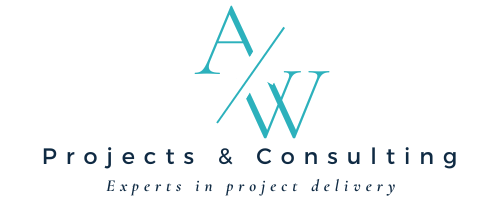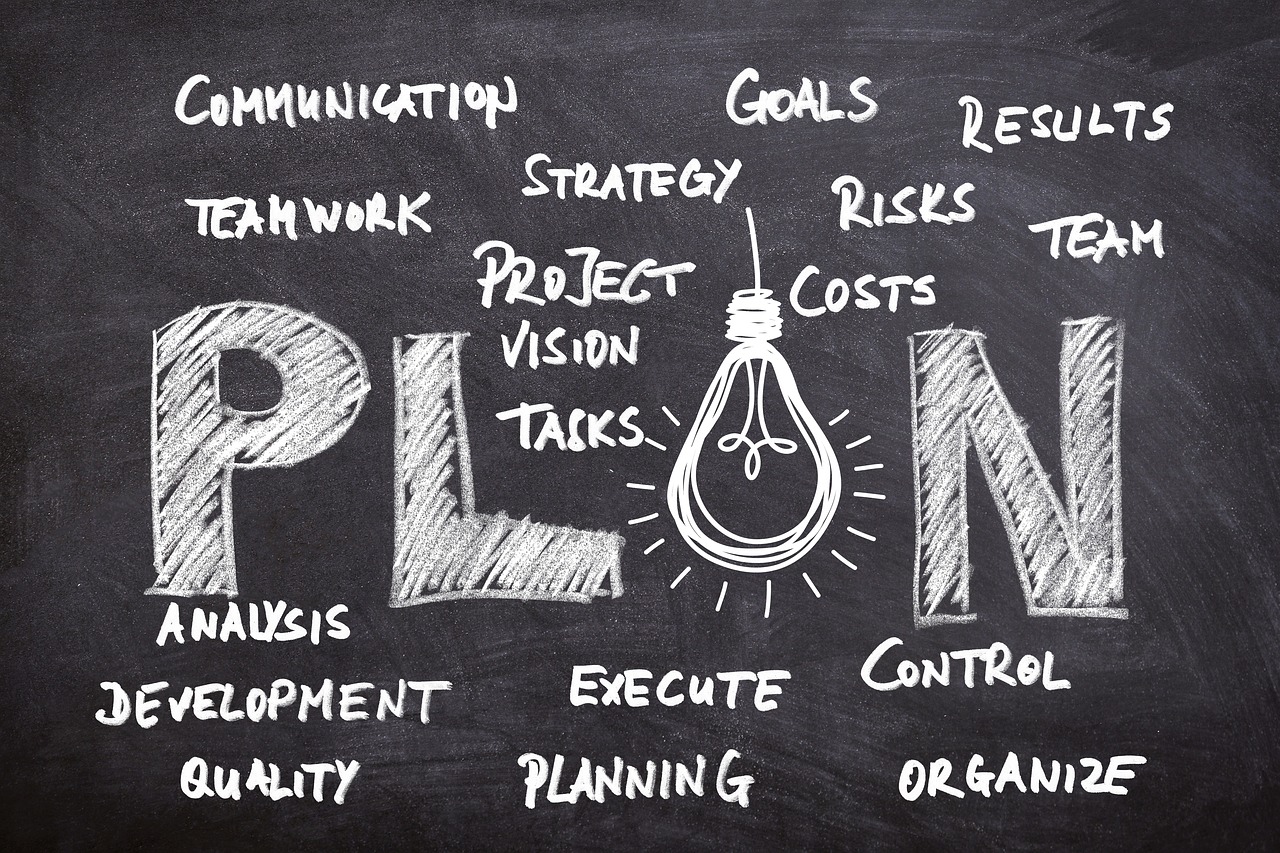The Integration of Communication into Project Plans: Benefits and Best Practices
In the evolving landscape of project management, effective communication is no longer a peripheral concern but a core component of project planning and execution. As projects become more complex and teams more dispersed, integrating communication strategies directly into project plans is increasingly recognized as essential for success. This article explores the trend of embedding communication into project plans, highlights its benefits, and offers practical tips on how to implement this approach effectively.
Understanding the Trend: Integrated Communication in Project Plans
1. The Shift Towards Holistic Planning:
- Comprehensive Planning: Modern project management recognizes that communication is integral to achieving project objectives. Integrating communication into project plans involves aligning communication strategies with project goals, deliverables, and timelines.
- Cross-Functional Integration: Effective communication plans address the needs of diverse stakeholders, ensuring that information flows seamlessly across different teams, departments, and external partners.
Benefits of Integrating Communication into Project Plans
1. Enhanced Stakeholder Engagement:
- Alignment: An integrated communication strategy ensures that all stakeholders are informed and aligned with project goals, expectations, and progress. This alignment fosters buy-in and support throughout the project lifecycle.
- Transparency: Regular and structured communication builds transparency, reducing uncertainty and increasing stakeholder confidence in project outcomes.
2. Improved Team Collaboration:
- Coordination: Clear communication channels and protocols streamline coordination among team members, facilitating collaboration and reducing misunderstandings. This is particularly important for remote and cross-functional teams.
- Feedback Loop: Integrated communication provides mechanisms for continuous feedback, enabling teams to address issues promptly and make necessary adjustments to the project plan.
3. Proactive Risk Management:
- Early Detection: Effective communication strategies help identify potential risks and issues early. By maintaining open lines of communication, project managers can address problems before they escalate, minimizing impact on project objectives.
- Mitigation Strategies: Communication plans that include risk management protocols ensure that all team members are aware of potential risks and the strategies in place to mitigate them.
4. Efficient Resource Management:
- Resource Allocation: Clear communication about project needs and priorities helps in efficient resource allocation. Teams can better manage their time and efforts when they have a clear understanding of project requirements and deadlines.
- Conflict Resolution: Integrated communication facilitates timely resolution of conflicts related to resource allocation or project scope, ensuring smooth project execution.
5. Enhanced Project Visibility and Reporting:
- Real-Time Updates: Regular communication ensures that stakeholders receive timely updates on project progress, milestones, and changes. This enhances project visibility and supports informed decision-making.
- Documentation: A well-integrated communication plan includes documentation of key decisions, discussions, and changes, providing a comprehensive record of project activities.
Tips for Effective Integration of Communication into Project Plans
1. Develop a Communication Plan:
- Tip: Create a detailed communication plan that outlines the objectives, audience, channels, frequency, and responsibilities for communication. Include protocols for reporting, feedback, and escalation.
- Components: The plan should cover internal team communication, stakeholder updates, and external communications. Define who communicates what, to whom, and how often.
2. Utilize Project Management Tools:
- Tip: Leverage project management tools with integrated communication features, such as Slack, Microsoft Teams, or Asana. These tools facilitate real-time collaboration, document sharing, and tracking of communication activities.
- Integration: Ensure that communication tools are integrated with other project management systems to streamline information flow and avoid duplication.
3. Establish Clear Communication Channels:
- Tip: Define and establish clear communication channels for different types of information. For example, use email for formal updates, instant messaging for quick queries, and video conferencing for detailed discussions.
- Accessibility: Make sure all team members and stakeholders have access to the relevant communication channels and understand how to use them effectively.
4. Promote Transparency and Openness:
- Tip: Foster a culture of transparency and openness by encouraging regular updates and open discussions. Address issues and changes promptly to keep everyone informed and engaged.
- Feedback Mechanism: Implement a feedback mechanism to gather input from team members and stakeholders on communication effectiveness and areas for improvement.
5. Schedule Regular Check-Ins and Updates:
- Tip: Schedule regular check-ins and updates to review project progress, address concerns, and discuss upcoming milestones. Regular meetings help maintain momentum and ensure alignment with project goals.
- Frequency: Determine the appropriate frequency of check-ins based on the project’s complexity and stakeholder needs. Balance the need for updates with the potential impact on productivity.
6. Monitor and Adjust Communication Strategies:
- Tip: Continuously monitor the effectiveness of communication strategies and make adjustments as needed. Assess feedback, track communication metrics, and refine approaches to enhance overall effectiveness.
- Evaluation: Periodically evaluate the communication plan’s impact on project performance and stakeholder satisfaction. Make data-driven adjustments to optimize communication processes.
Conclusion
Integrating communication into project plans is a critical trend that enhances stakeholder engagement, team collaboration, risk management, and overall project success. By developing a comprehensive communication plan, utilizing advanced tools, and fostering transparency, project managers can ensure that communication is an enabler of project success rather than a challenge. Embrace this trend to streamline project processes, improve team dynamics, and achieve your project objectives with greater efficiency and effectiveness. In an increasingly complex project environment, effective communication is the cornerstone of successful project management.







